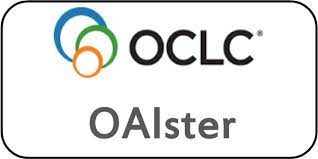Diabetes Risk Score in Indian Population: Experience from Central India
Keywords:
Diabetes,, Indian Diabetes Risk Score,, Madras Diabetes Research FoundationAbstract
Diabetes is a major health problem in the world causing significant morbidity
and mortality. Currently, 77 million people in India and 463 million people are living with
diabetes across the world, and this number is expected to rise to 101 million in India and 578
million globally by 2030. The key to reduce the morbidity and mortality is early diagnosis and
management. The Madras Diabetes Research Foundation (MDRF) has developed an Indian
Diabetes Risk Score (IDRS) to identify people who are at risk of developing diabetes or are
undiagnosed. Thus, we conducted a study to calculate the IDRS of people from Central India
and identify those who are at risk of getting diabetes. Methods: A total of 1,500 patients or
attendants, aged 18 to 60 years (mean age 41.2 years), visiting the Endocrinology clinic, and
not diagnosed with diabetes earlier were included in the study after taking proper consent
and IDRS was calculated. Results: The male-to-female ratio was 914:586. The mean IDRS was
51.29 in our population with 35.93%, 18.2% and 45.87% of screened subjects having a score of
<30, 30-60 and ≥60, respectively. Conclusion: Forty-five percent people of the population was
at high risk of diabetes as estimated by IDRS, which proved to be an effective and economical
tool to identify persons at increased risk of diabetes and diagnose the undiagnosed cases and
start early management to reduce the morbidity and mortality.






